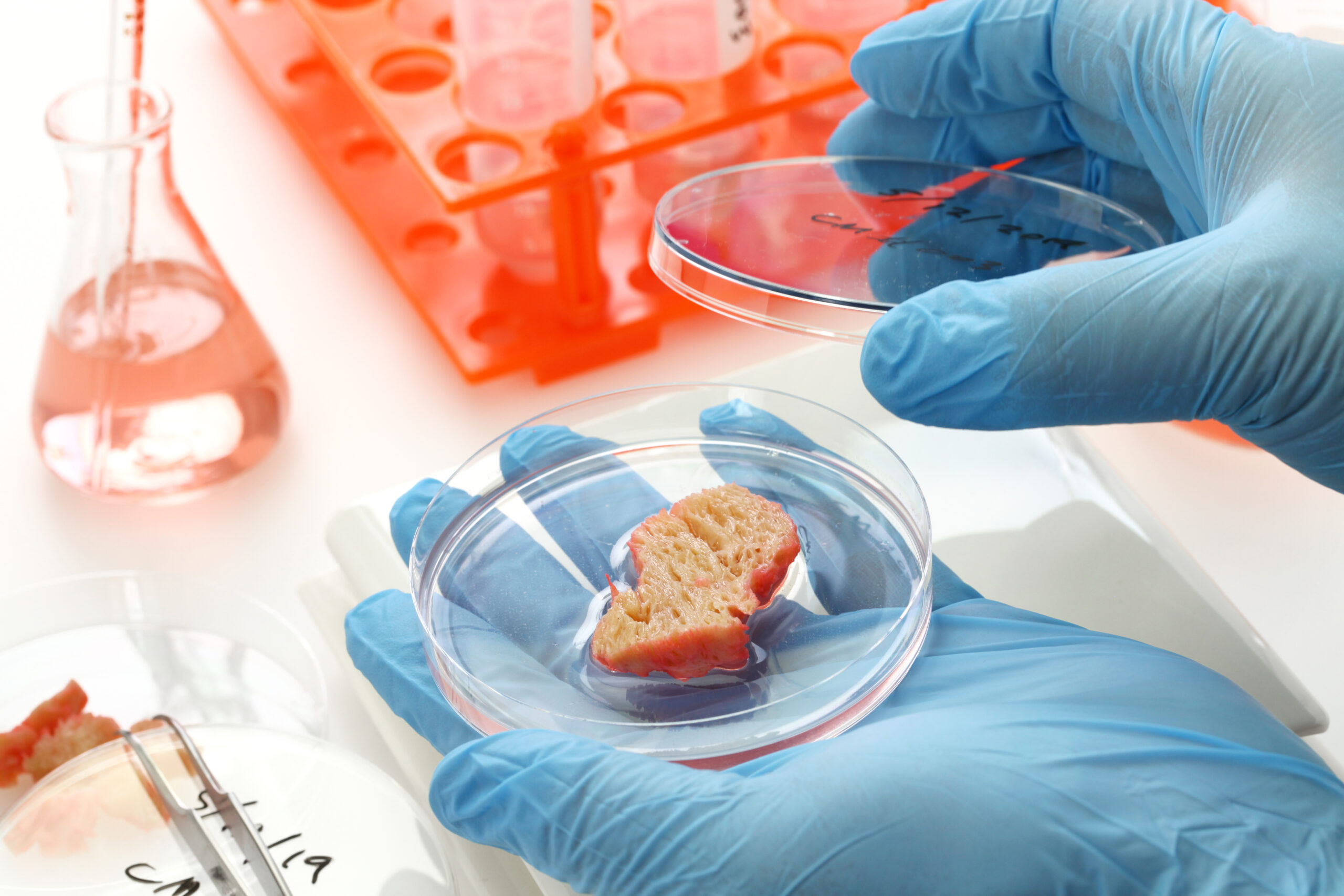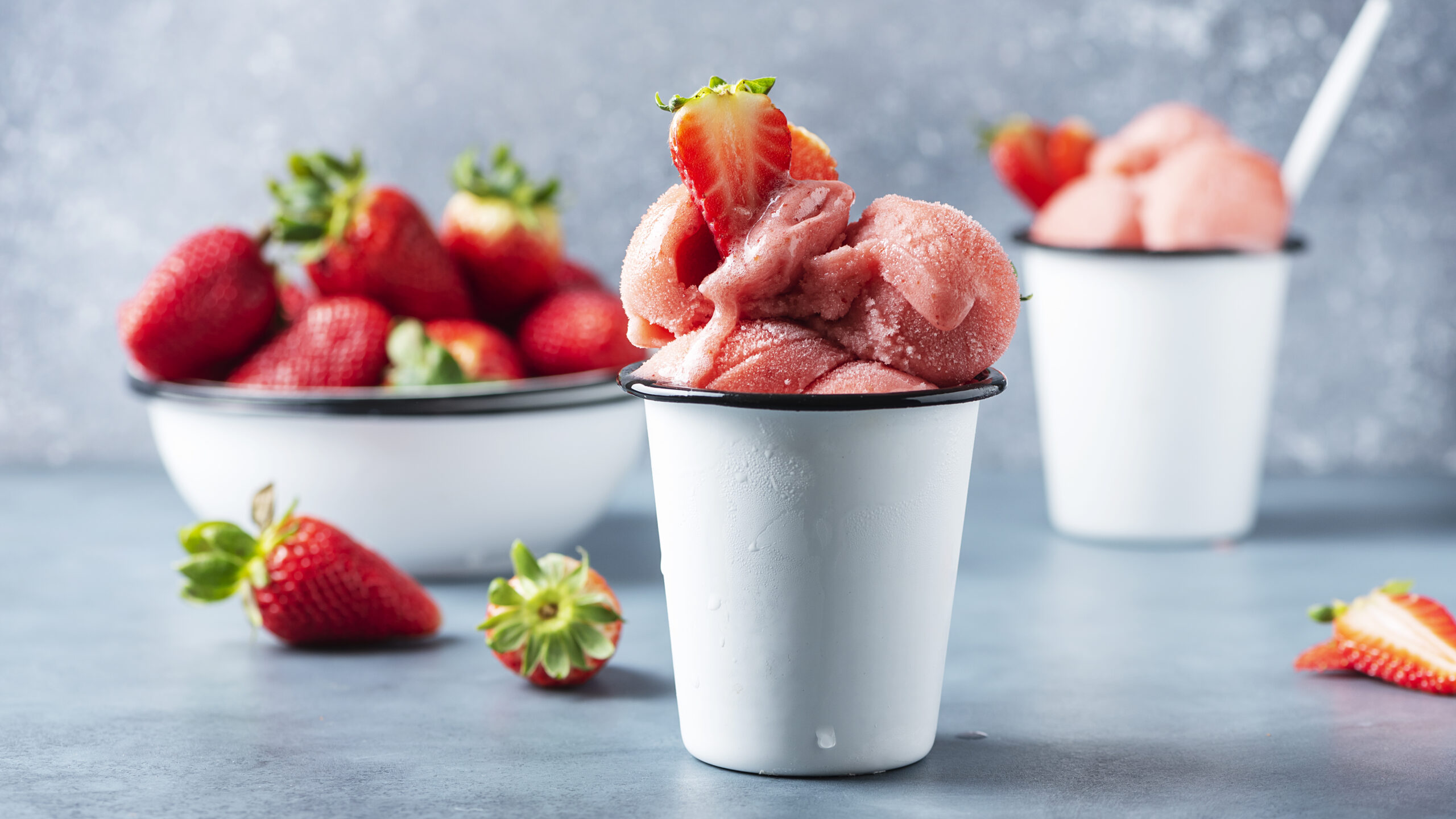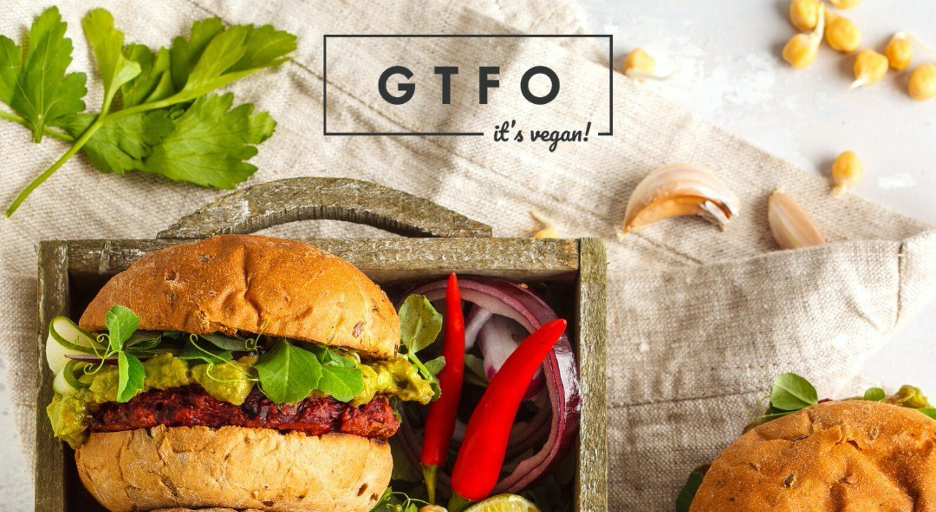When is vegan not actually vegan? The answer is biased and has ramifications for what are asserted to be vegan products. While those who call themselves vegans don’t all share the same definition of the term, most generally agree that nobody can be 100 percent vegan, but why?
Most vegans recognize that every so-called vegan activity is done at the expense of animals. These activities may include eating only a plant-based diet or operating an animal sanctuary. A non-vegan activity, by contrast, may be any use of metal, such as a spoon or farm implement. Using metal is made possible only through, at the very least, the displacement of animals and the destruction of their habitat. From there, mines, factories, towns and other infrastructure are built.
Related: Survey: Gen Z’ers Want to Eat More Plant-Based and Vegan Foods
While some activities are widely debated, vegans generally agree on a definition of veganism like this one used by the Vegan Society: “veganism is a way of living which seeks to exclude, as far as is possible and practicable, all forms of exploitation of, and cruelty to animals for food, clothing, or any other purpose.”
Vegans also avoid “animal-derived materials, products tested on animals and places that use animals for entertainment,” the Vegan Society added.
Vegan. com reported that the word vegan was initially defined as a diet free of meat, dairy products, eggs, honey and all other animal-based foods. The word’s meaning has since shifted to include non-food products—such as clothing, cosmetics and medicine—that are made without displacing, harming or killing animals. Vegans also typically object to animal testing, rodeos, zoos and dolphin shows, as well as all other exploitative uses of animals.
If products exclude, as far as is possible and practicable, all forms of exploitation and cruelty, then they can be said to be vegan. As sustainability and protecting the environment become increasingly important to some companies, more products are managing to produce vegan products. However, many ventures that claim to be vegan involve the exploitation of non-human animals, namely primates. And in order to obtain generally recognized as safe (GRAS) accreditation, some ‘vegan’ food products are tested on animals.
How does one know whether a product is vegan with so many contradicting definitions and qualifications? Fortunately, a solution exists in the form a logo: the Vegan Trademark. The term ‘vegan’ was coined by founding member of the Vegan Society Donald Watson in 1944, and the society established the Vegan Trademark in 1990. Since then, over 44,000 products worldwide have been stamped with the Vegan Trademark.
Vegans and those looking for vegan products know to look for the Vegan Trademark or some other vegan accreditation symbol – there are several, including the letter ‘V’ in a circle or heart, a leaf plant and the color green – when they shop.
Companies looking to attain vegan accreditation must pay a fee, similar to those seeking a non-GMO certified label. According to vegan.org, “The licensing fee is assessed by the company’s annual revenue (not based on the vegan product or brand) and is due before permission is granted to use the “Certified Vegan” logo.








Join or login to leave a comment
JOIN LOGIN